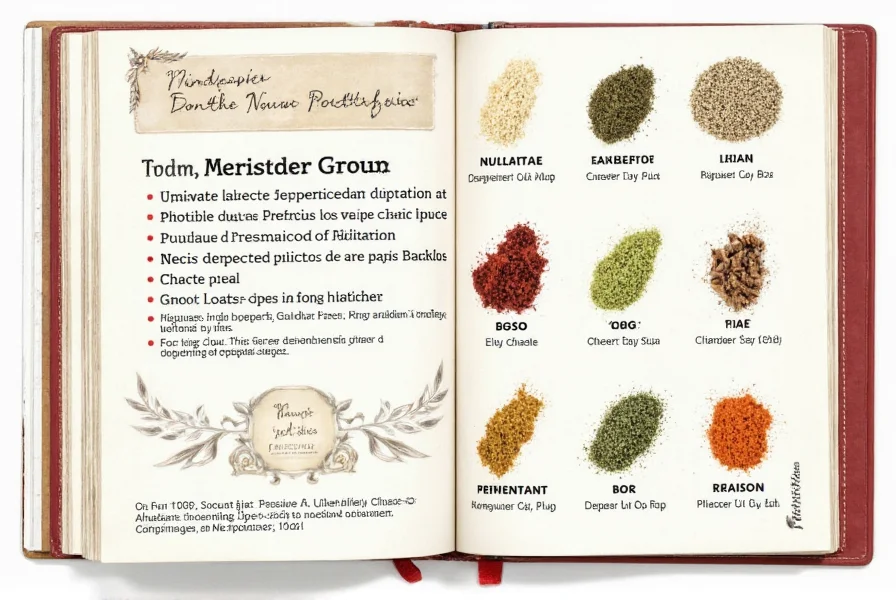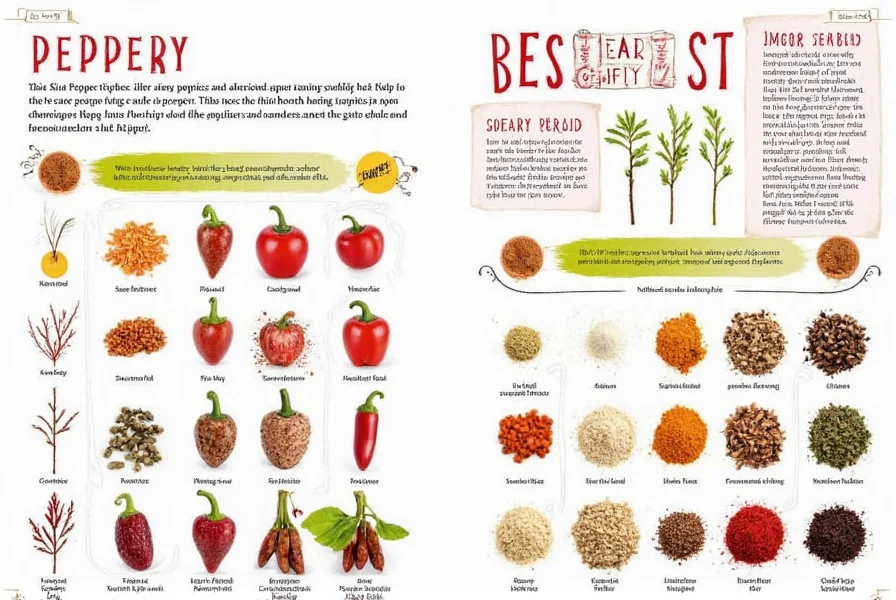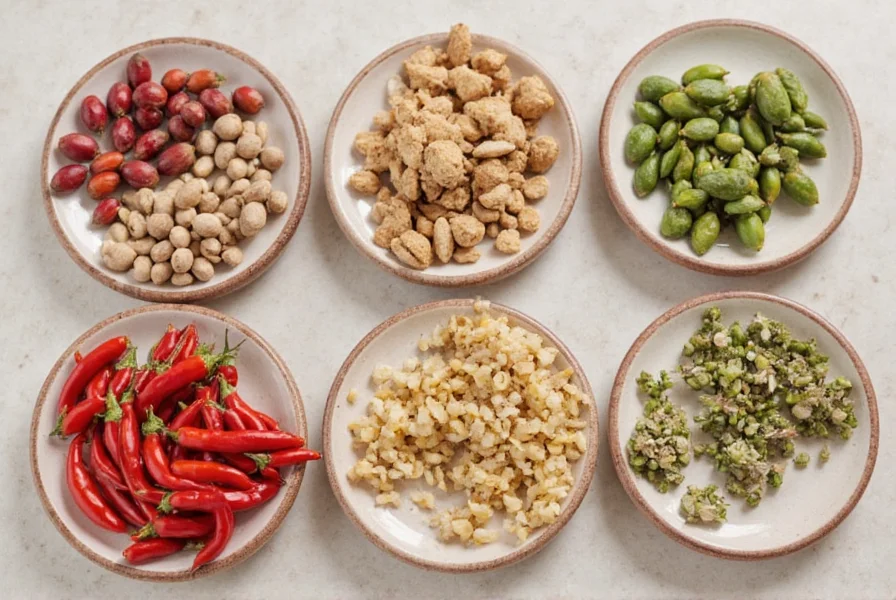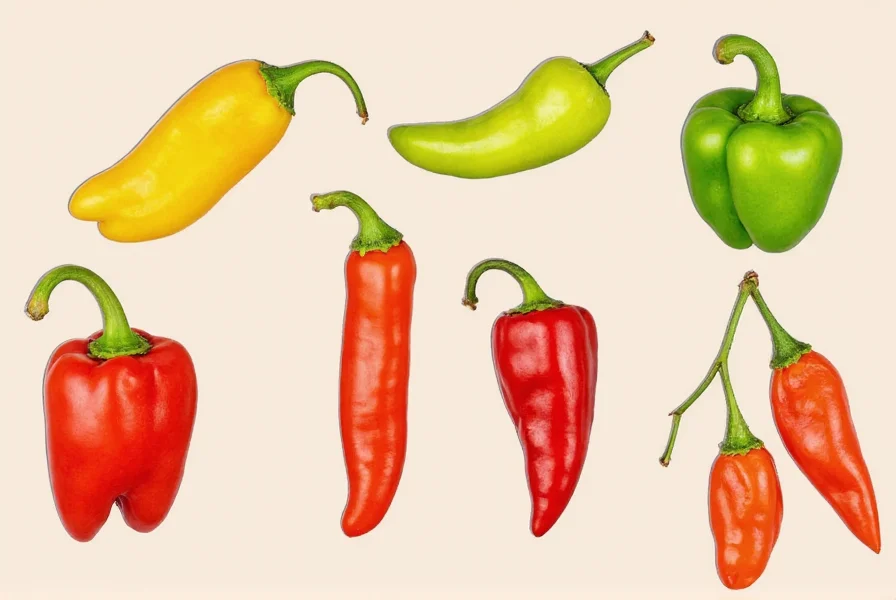Table of Contents
Introduction
Looking for a quick way to identify peppers? A pepper identifier is a tool that helps you determine the exact type of pepper you're using based on visual characteristics, heat level, and other features. Whether you're shopping for groceries or cooking at home, using a pepper identifier ensures you choose the right pepper safely and confidently.

What is a Pepper Identifier?
A pepper identifier is a tool or resource used to determine the specific type of pepper you're looking at or using. It could be a physical device, an app, or a simple reference guide. The goal is to help users recognize the pepper based on visual characteristics, taste, or heat level.

Types of Peppers
| Pepper Type | Heat Level | Flavor Profile |
|---|---|---|
| bell pepper | 0 SHU | Sweet, mild |
| jalapeño | 2,500–8,000 SHU | Mildly spicy, tangy |
| habanero | 100,000–350,000 SHU | Smoky, fruity, extremely hot |
| ghost pepper | 1,000,000+ SHU | Extremely hot, sweet undertones |
| chipotle | 2,500–8,000 SHU | Smoky, slightly sweet |
Understanding these differences helps you choose the right pepper for your recipe. A pepper identifier can be a lifesaver when you're unsure which one you have in front of you.
Practical Tips for Using a Pepper Identifier
Here are quick, actionable steps to identify peppers accurately:
- Check color and shape first: Bell peppers are blocky with smooth skin, while jalapeños are tapered with dimpled texture. Serranos are smaller and pointier than jalapeños.
- Measure heat level precisely: Use a digital pepper identifier app for accurate Scoville readings. Ghost peppers (1,000,000+ SHU) require gloves during handling.
- Use visual reference charts: Compare your pepper against a free pepper identification chart for quick matching.
- Smell test for key characteristics: Habaneros have distinct floral aroma, while chipotles smell smoky and earthy.
- Verify with multiple sources: Cross-reference app results with USDA pepper database for reliability.
Buying Guide for Pepper Identifiers
Choose the right tool based on your needs:
1. Digital Pepper Identifier App
Best for on-the-go identification with instant results. Top-rated apps like PepperID and SpiceScan use AI to match peppers from photos.
- Features: Image recognition, Scoville scale calculator, recipe suggestions
- Advantages: Free basic version, works offline, updates daily
- Use Cases: Grocery shopping, restaurant kitchen, home cooking
2. Physical Pepper Identification Kit
Ideal for educational purposes or when digital tools aren't available. Kits include real pepper samples and magnifying tools.
- Features: 10+ real pepper samples, magnifying glass, reference booklet
- Advantages: No battery needed, hands-on learning, durable
- Use Cases: Cooking classes, school projects, spice tasting events
3. Online Pepper Database
Most comprehensive resource for in-depth research. USDA's pepper database offers scientific details and safety guidelines.
- Features: Search by color/heat, growing conditions, culinary uses
- Advantages: Free access, authoritative source, updated monthly
- Use Cases: Culinary research, food safety compliance, professional chef reference


Frequently Asked Questions
How can I tell the difference between similar-looking peppers like jalapeños and serranos?
Jalapeños are typically 2-3 inches long with smooth, shiny skin and blunt tips, while serranos are smaller (1-2 inches), have wrinkled texture, and pointed ends. Serranos are 2-3x hotter (10,000-25,000 SHU vs jalapeños' 2,500-8,000 SHU). Use a pepper identifier app for instant comparison.
What's the safest way to handle extremely hot peppers like ghost peppers?
Always wear nitrile gloves and eye protection. Work in a ventilated area to avoid airborne capsaicin. If skin contact occurs, wash with soap and cold water (not hot water). For eye exposure, use milk or specialized pepper relief wipes. Never touch your face until hands are fully cleaned.
Can I use color alone to identify a pepper?
Color alone is unreliable. Bell peppers change from green to red/yellow as they ripen, and jalapeños turn red when mature. Always check shape, size, texture, and heat level. Free pepper identification charts from USDA show color variations by ripeness stage.
How accurate are pepper identification apps?
Top apps achieve 90-95% accuracy with clear photos in good lighting. Factors affecting accuracy include pepper maturity, photo angle, and background clutter. For critical identification (e.g., for food safety), cross-verify with USDA database or physical reference kit.
Why do some peppers of the same type vary in heat level?
Heat levels vary due to growing conditions (soil nutrients, temperature stress), ripeness stage, and seed placement. Stressful conditions increase capsaicin production. The placenta (white membrane) contains 80% of the heat. Always test with a digital pepper identifier for precise Scoville readings.
Conclusion
Mastering pepper identification transforms your cooking experience. Whether using a digital app for instant results, a physical kit for hands-on learning, or USDA's database for professional reference, the right pepper identifier ensures you select the perfect pepper safely and confidently. Remember: when in doubt, verify with multiple sources to avoid culinary mishaps or safety risks.

Happy cooking with perfectly identified peppers!










 浙公网安备
33010002000092号
浙公网安备
33010002000092号 浙B2-20120091-4
浙B2-20120091-4